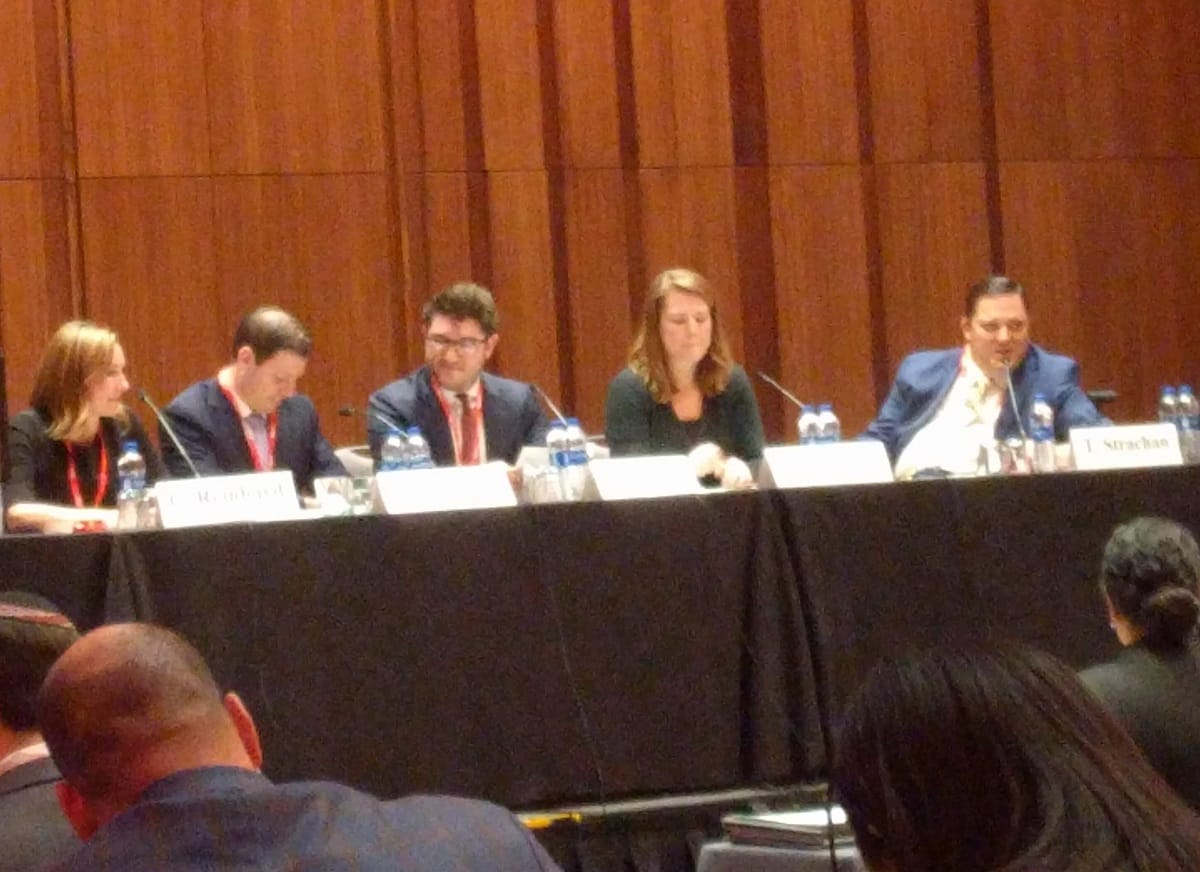Lifeline Remains the Best Method for Connecting All Americans, Says FCC’s Geoffrey Starks
WASHINGTON, December 11, 2019 – The most vulnerable members of the population need to have the critical services they need from the Lifeline Program, Federal Communication Commissioner Geoffrey Starks said Tuesday at a Practicing Law Institute conference. Lifeline remains the best method to keep eve

WASHINGTON, December 11, 2019 – The most vulnerable members of the population need to have the critical services they need from the Lifeline Program, Federal Communication Commissioner Geoffrey Starks said Tuesday at a Practicing Law Institute conference.
Lifeline remains the best method to keep every American connected, Starks continued. It can also help mitigate the disproportionate lack of connectivity and fixed broadband among communities of color. The success of programs such as Lifeline and the Rural Digital Opportunity Fund, he said, are contingent on accurate mapping.
The rural opportunity fund is a $20 billion dollar program that will appropriate money based off Form 477 data, Starks said, which the FCC already knows is inaccurate. He recommended that a portion of the fund be used to improve mapping.
The FCC used relatively liberal standards for RDOF’s model, said David LaFuria from Lukas, LaFuria, Gutierrez and Sachs, LLP, which isn’t indicative of ground coverage. The Digital Opportunity Data Collection can help reach the goal of more accurate mapping, he said, using machine learning and alternative data sets such as crowdsourcing to detect data anomalies.
Moreover, the FCC should consider setting aside more funds for small cell towers, LaFuria said. Small wireless carriers only have access to about 30 percent of fiber small cell sites, making it difficult for them to deploy broadband as well as 5G services.
The FCC needs to determine which areas are unserved and which aren’t, said Michael Romano, senior vice president of Industry Affairs and Business Development at NTCA – The Rural Broadband Association, starting at the 4G LTE level. There need to be ways to ensure that carriers are inputting data in the same way and that self-reporting is reliable.
The current state of FCC funding and connectivity standards, however, makes it difficult to deliver reliable coverage. Policymakers have a tough choice, LaFuria said. They can either provide a wide range of coverage with lower quality speeds or provide higher quality broadband to a narrower group.
As the next year looms in the distance, the FCC is pressed with time to deal with legislative issues before the election cycle.
The discussion of the C-Band spectrum is still in play, said Courtney Reinhard, vice president of Federal Government Relations at Verizon, and it can be handled in a variety of congressional committees. Successful legislation in this area is contingent on bipartisanship, she said, as well as a wide consideration of what each group of telecom companies thinks in the process.
Consideration from different industries is important, said David Grossman, executive director of GPS Innovation Alliance, as it can help clarify language in legislation. Defining a small business, for example, depends on the type of sector and the volume of customers it receives.
Discussions of security and supply chain issues have only just begun, said Kelsey Guyselman, senior director of government affairs at the Information Technology Industry Council. Infrastructure modernization is also a notable issue, she said, but it carries a large price tag that will have to be addressed in the coming year.
More interaction is expected between the FCC’s Office of Legislative Affairs and Congress, Guyselman said, mainly in the form of technical assistance. This allows policymakers to better deliver the information that their constituents need to know about telecom and broadband.









Member discussion